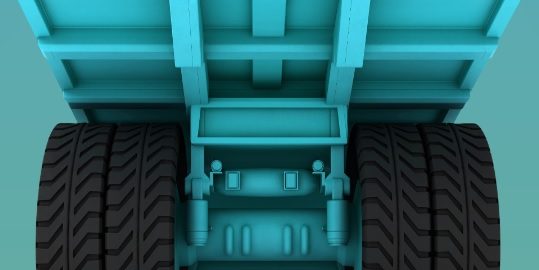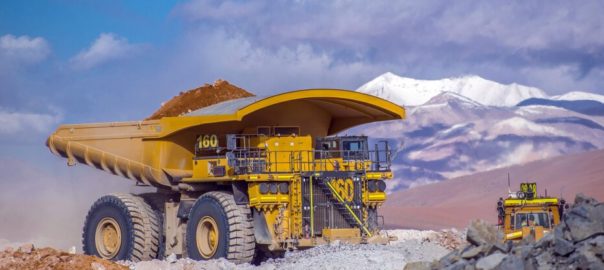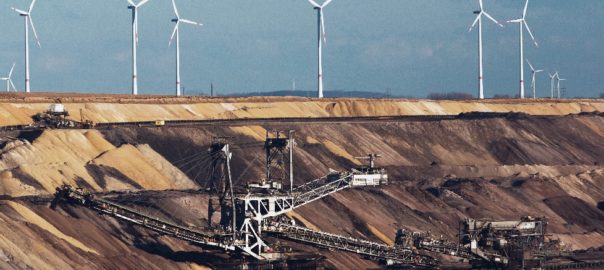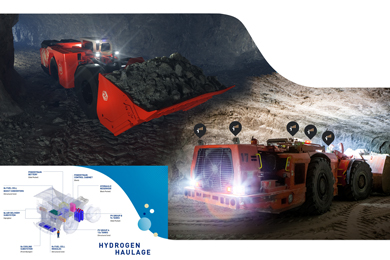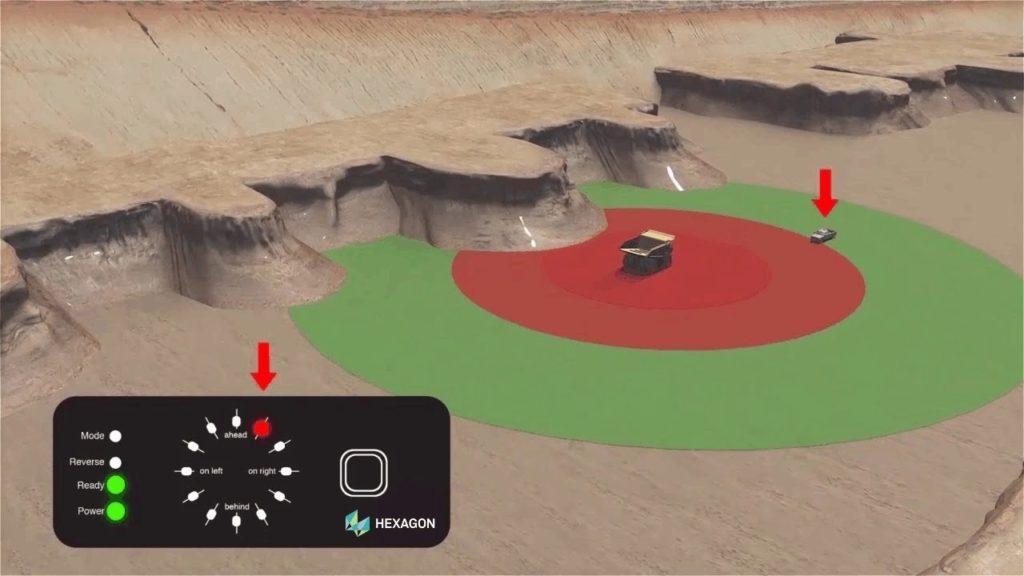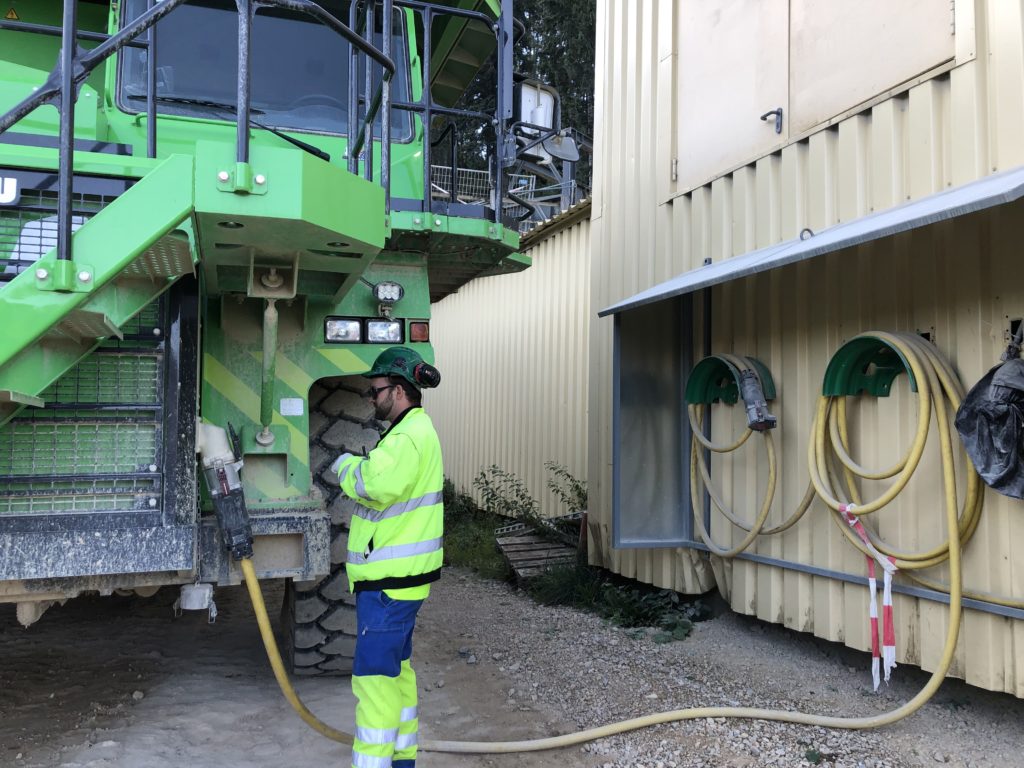The Minerals Council of Australia (MCA) has released a Climate Action Plan that, it says, demonstrates the ongoing commitment of the Australia minerals industry to decarbonise the economy and address climate change.
The plan outlines how the MCA and its members are taking action on climate change as part of the minerals sector’s collective commitment to the Paris Agreement and its goal of net zero emissions globally and in Australia, the MCA said.
It outlines a series of actions focused on three key themes:
- Support developing technology pathways to achieve significant reductions in Australia’s greenhouse emissions;
- Increased transparency on climate change related reporting and informed advocacy; and
- Knowledge sharing of the sector’s responses to addressing climate change.
The MCA said: “Sustained climate action across all nations is required to reduce the risks of human-induced climate change and to support worldwide decarbonisation as we transform to a lower emissions future.”
Among a number of technologies being supported in the plan are low carbon opportunities such as renewable energy and the use of electric vehicles at mine sites.
“With this plan, the sector acknowledges the critical importance of technology in reducing emissions,” the MCA said. “The minerals industry works with manufacturing and innovation partners to invent, develop and deploy new techniques and technologies.”
It added: “It is clear that the scale of the technology-led transformation required will not occur without the minerals and raw materials provided by the Australian mining sector. The industry sees great opportunities for minerals such as lithium, cobalt and copper in all forms of transport infrastructure, communications and energy systems.”
The MCA’s Climate Action Plan is made up of two components: an enduring 10-point framework to support three core objectives and a comprehensive three-year rolling work plan with 30 activities.
The Climate Action Plan will be reviewed annually and publicly reported on to ensure it remains consistent with Australia’s climate policy ambitions in support of the Paris Agreement.
The MCA concluded: “The plan demonstrates that the minerals sector not only has the ambition to decarbonise the sector – it also has an action plan to get there.”
To read more about the plan, click here.






